Work holds a strange place in our life. While some of us make it a large part of our lives, and others keep it compartmentalized, Considering it’s where we spend a majority of our time, it’s easy to let boundaries blur in the workplace. We want to be seen as hardworking, as the ‘team player’ or the one who goes the extra mile – but how do you define your boundaries and keep working from taking over? It’s hard to separate work from our personal identity and ego, and fuels this desire to be recognised and validated at work. It leads to us saying yes even though deep down, we know we’re tired and burning out fast.
Boundaries serve as a line in the sand, a way to communicate what we consider tolerable behavior and what we don’t. Deciding and sticking to your boundaries is an intensely personal decision, but is essential to preserve your mental and physical health and wellbeing. Drawing clear lines between your work and personal life is essential, and is your right. It is not a decision you should have to justify second-guess.
Why is boundary-setting important
Work is what gets you through the day. It’s what puts food on the table and helps you afford your lifestyle. That part is undeniable. It’s also somewhere where we develop some of our sense of self albeit a ‘Work Self’.
Lack of boundaries is also why we sometimes let things slide or downplay the behavior of others at work. Even when things are negative or stressful, it’s sometimes easier to just stay quiet and keep your head down rather than communicating your feelings.
However, burnout is real. Emerging research shows that over 52% of employees reported experiencing burnout – up from 43% who experienced it prior to the pandemic. We spread ourselves too thin, and end up feeling demotivated, exhausted and tired.
However, that’s not the only risk. Toxic work environments where there is a power imbalance, or an abusive dynamic can lead to harassment and abuse. The exhaustion and anxiety that goes with managing expectations, always saying yes, and feeling like you are powerless and out of control with managers and higher-ups – all of that takes a huge toll.
In many organisations and especially in start-up cultures, there is a very real expectation to be part of the family, to commit yourself to the business and put it above everything else but that shouldn’t be the case. We’ve seen countless articles come out over the last few years around the toxic behavior that’s emerging in workplaces – we would particularly recommend this article on the subject because it really resonates with what we’re experiencing now.
Particularly for many women in the workplace, there is an expectation of lowered boundaries and a willingness to tolerate more than we probably should. Unfortunately, there are often implicit and explicit expectations of what’s expected in the workplace. As a result, it can seem too easy to fall into a people-pleasing trap in the workplace.
We are fully aware that it is far easier to say rather than do. It’s demanding and tough to set appropriate boundaries and even tougher to enforce them. It’s hard to muster up the confidence to decline, to shut down inappropriate conversations, or to say no when someone asks you to pile on more responsibilities and work.
And that is exactly why boundary-setting is so crucial for women in the workplace. The more you set a boundary the more it shifts the expectations and gives you more control over the situation. When you start voicing what makes you uncomfortable and standing up for yourself in challenging situations, you start to value your time and energy and in doing so are demanding that others value your time and energy, You are also taking an active, leadership role, in setting an example to others around you and creating necessary cultural shifts.
How can I set firm boundaries in the workplace?
Before you take any decisive actions, the first step is to sit down and map out some of the behaviors you’re encountering at work that make you uncomfortable. It could be anything from inappropriate jokes to unreasonable demands and requests and more. Next, identify who the requests are coming from (i.e., senior team members, coworkers, etc.) to help you decide how to craft your approach.
Next, look at your job description and whether that’s matching up with your current role, and what demands are being placed on you versus what the role describes.
Once you have the pieces in place, it’s time to start thinking about what the appropriate boundaries are and coming up with tactful, while clear and direct ways to approach this.
The main thing to remember here is that ‘no’ is a complete sentence, and it’s the simplest way to set boundaries. So be polite yet firm and let team members know when something makes you uncomfortable, or you don’t agree, such as a sexist comment or an inappropriate joke.
The more you practice, the easier it gets – even if it’s absolutely nerve-wracking at the start.
The other thing to remember is to be clear – don’t leave anything up for interpretation. If you cannot answer your phone after work hours, make that clear. Don’t try to be vague and say you’d ‘prefer’ not to or that you don’t mind. Being vague can open the door to people taking advantage but on a practical note it is far easier for the business to adjust to absolutes/certainties. If they know for certain you will be unavailable they can find an alternative solution to get what they need. It is actually more frustrating for the business if they are unsure when or if you are available or if your boundary is ambiguous or unclear. When you take time off, switch off. Don’t feel guilted into answering emails or texts.
A few examples
While we recognise we can’t cover every scenario, we’ve put together some general examples to give you an idea of what to say to set boundaries, and the approach to take.
Example 1:
Person A: Can you stay late tonight to work on this project
Person B: Sorry, no that won’t be possible tonight but I’ll make sure to take care of anything outstanding first thing tomorrow morning.
Example 2:
Person A: I know this is last-minute and rushed, but client has rushed deadline and I need you to deprioritize everything else you’re working on and focus on this.
Person B: Unfortunately, I can’t deprioritize other tasks as they had come to me first. However, if it extremely urgent, please contact [direct line manager/supervisor/director] and clear it with them, and I re-shift my to-do list.
Example 3:
Person A: I know you completed a deliverable a month ago and I never gave feedback on it, however I now have an urgent task I need you to do ASAP. Would you be able to work on this weekend?
Person B: Sorry, that won’t be possible as I try not to work on the weekends. However, I can finish the task up by Monday or Tuesday at the latest?
Person A: This task is super urgent, are you sure you can’t work on it this weekend?
Person B: Sorry, I really can’t and I also need to make sure I finish up other client work as it’s not fair to them otherwise. If the timeline I’ve suggested is okay, happy to try to finish it all up by then if that works. Thank you!
While those are some general examples, but you see the idea of it. Boundaries are set through what you communicate and how clearly you do so. While everyone has their own limits on what they are okay with, take time for yourself to identify what you value and what you want out of work. The more you can hone in on that, the easier defining and enforcing boundaries will be.

